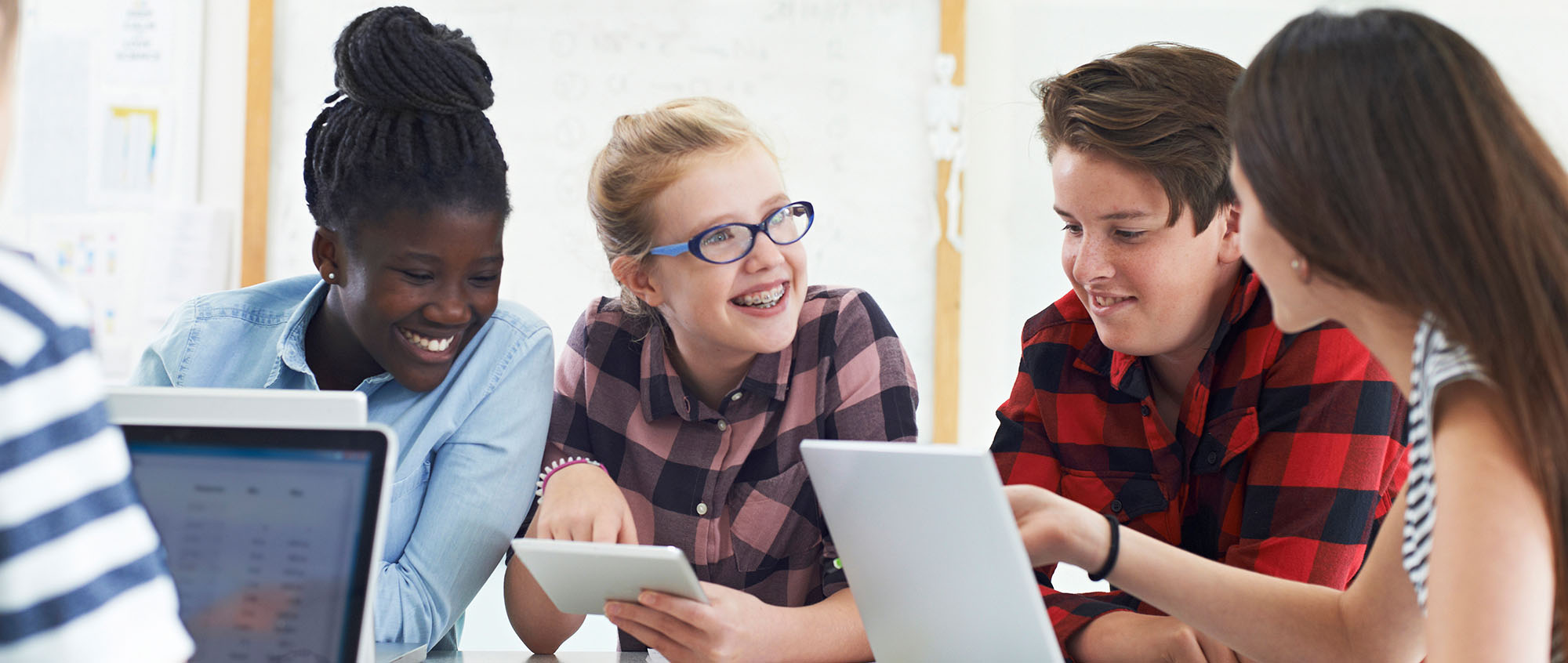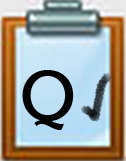Q4 STEAM: Roller Coaster Step 5
STEPS for the Build One - Engineering Challenge:
TEAM: Form small design teams of three to four classmates.
GOAL: Your team will apply knowledge of the design process and how potential and kinetic energy work together to build a successful coaster model.
-
At your first team meeting, read over the Step 5 Directions & Grading Rubric document.
-
Analyze team member strengths by sharing personal expertise and interest areas such as: Internet research, a good scavenger for materials needed, good design visionary, good assembler, good sketcher, good team leader to keep things on task, good note taker
-
Identify a team note-taker to make a copy of this Roller Coaster Team Planning document and share it online with team members, or print it out
-
Look for the green highlighted ⭆ arrows. Begin to fill out part two adding ideas and team member names as they volunteer
-
Make a drawing in step three and meet with your teacher for approval to begin construction and gathering materials. Modify the team planning chart if needed.
-
Once approved, begin work to construct your coaster.
-
Begin the test runs and document it in your Roller Coaster Team Planning document. Complete all of the trial runs making changes and improvements as needed.
-
Review the rubric in the Step 5 Directions & Rubric document and make any changes needed before you turn your team planning document and roller coaster work into your teacher.
-
Write a CONCLUSION REPORT - Create a three-minute project report using any technology process the team selects and include some video and/or still images. Have a team discussion with each partner contributing to an analysis answering the following questions.
-
Did I/we meet my/our learning goal(s) at the top of the roller coaster team planning document?
-
What are some good decisions and steps we took to solve specific problems with the design and construction?
Make Your Own Roller Coaster Videos
Make your own roller coaster videos:
I Built a Huge Lego Roller Coaster Floor to Ceiling YouTube (10:53)
Competencies & Standards
MITECS Michigan Integrated Technology Competencies for Students, and
3. Knowledge Constructor
c. Curate information from digital resources using a variety of tools and methods
4. Innovative Designer
a. Know and use a deliberate design process for generating ideas, testing theories, creating innovative artifacts or solving authentic problems
b. Select and use digital tools to plan and manage a design process that considers design constraints and calculated risks
c. Develop, test and refine prototypes as part of a cyclical design process
d. Exhibit a tolerance for ambiguity, perseverance and the capacity to work with open-ended problems
5. Computational Thinker
b. Collect data or identify relevant data sets
Websites and Documents
Websites
- Amusement Parks Physics
- ck-12 Physics Simulations
- Design a Roller Coaster
- Five-step Engineering Process
- How Roller Coasters Work
- How Stuff Works - Roller Coasters
Videos From Outside Sources
- Dad Builds Backyard Roller Coaster YouTube 11:30
- How Can a Roller Coaster go Upside Down without Falling? PBS Kids Video
- I Built a Huge Lego Roller Coaster Floor to Ceiling YouTube (10:53)
21t4s Videos
21t4s Documents & Quizzes




